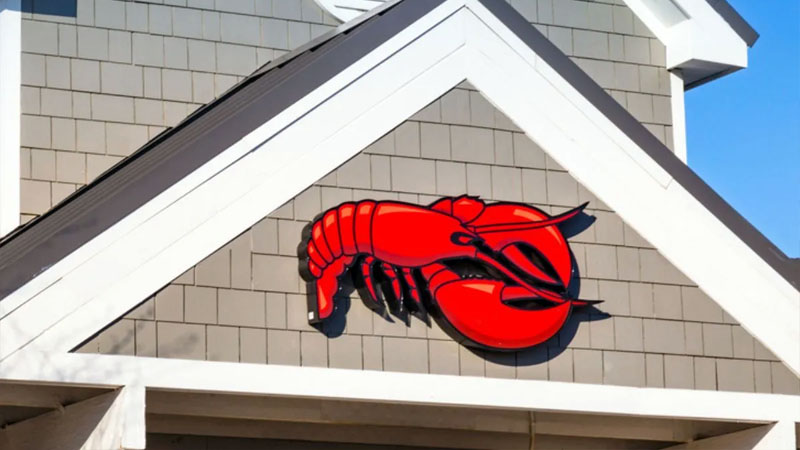Exclusive content

Red Lobster, once a beloved seafood chain known for its cheddar biscuits and “Endless Shrimp” promotion, finds itself on the brink of bankruptcy. However, some experts believe that the reasons behind its financial downfall are more complex than the implications of the all-you-can-eat shrimp feast.
The Endless Shrimp Debacle
The decision to make the “Endless Shrimp” promotion a permanent offering was met with excitement from patrons but proved disastrous for Red Lobster’s bottom line. The company attributed significant losses—USD 11 million in the third quarter of 2023 and USD 12.5 million in the fourth quarter—to this unlimited shrimp feast, highlighting the pitfalls of this strategy.
Red Lobster’s struggles extend beyond shrimp-eating enthusiasts. The brand has grappled with declining customer interest, frequent changes in leadership, and interference from private equity investors, complicating its recovery efforts.
Ownership Turmoil
Since its acquisition by Golden Gate Capital in 2014, Red Lobster has faced challenges stemming from a tangled web of ownership changes. Golden Gate’s sale of the chain’s real estate and subsequent leasing back of restaurants burdened the company with increased rent expenses, setting the stage for financial instability.
The broader seafood-restaurant industry in the US has witnessed shifting consumer preferences. Red Lobster’s failure to adapt its brand positioning to changing tastes, coupled with the rise of alternative dining options like steak houses, has further exacerbated its woes.
Private Equity’s Role
Critics point to private equity’s focus on short-term gains as a fundamental issue for Red Lobster. The chain’s frequent ownership changes have impeded long-term strategic planning, making it challenging to chart a sustainable path forward.
“You’ve got to at least be able to pay your bills, and what’s happened over the last five years is the cost of operating a restaurant has taken off,” Jonathan Maze, the editor in chief of Restaurant Business Magazine, said. “One bad promotion should not doom a restaurant chain like that.”
Thai Union’s Involvement
Thai Union acquired a significant stake in Red Lobster in 2016, purchasing 25% of the company for USD 575 million. However, Thai Union later expressed its intention to exit its investment in Red Lobster, citing financial challenges. The company took a substantial charge of USD 530 million on its investment in the fourth quarter of the previous year, underscoring the difficulties faced by Red Lobster’s ownership structure.
Despite impending bankruptcy, Red Lobster’s fate remains uncertain. While bankruptcy protection might offer temporary relief, the company faces significant hurdles to long-term viability in a landscape defined by evolving consumer preferences and financial pressures.